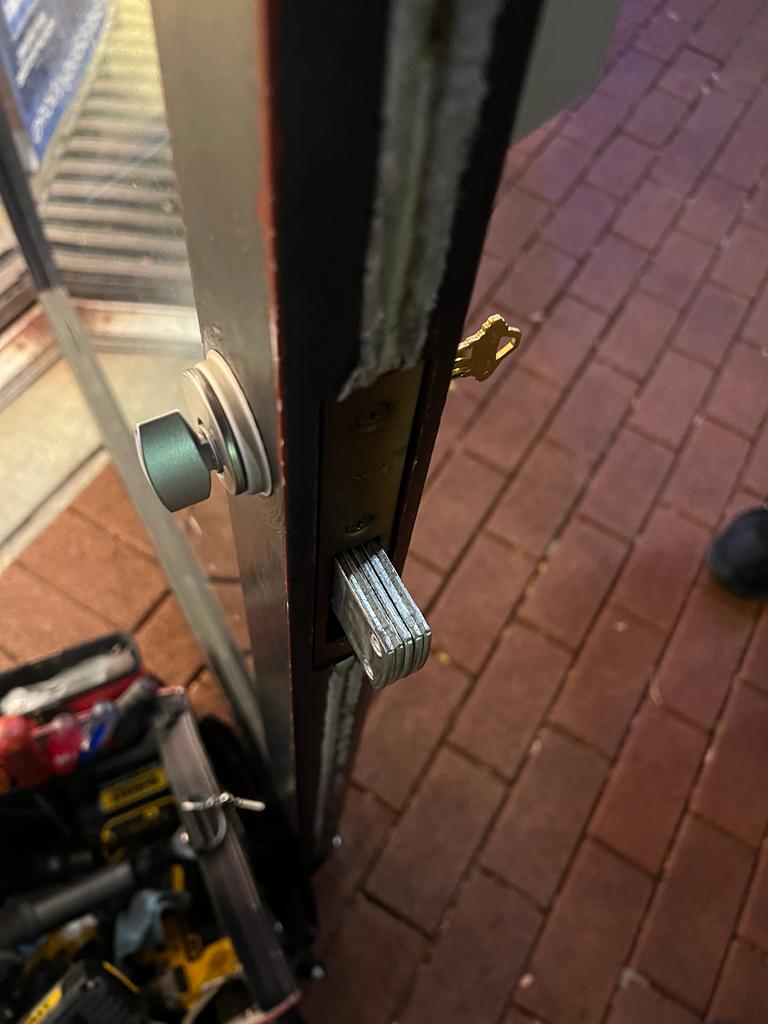Embarking on a car lockout service as a locksmith technician is a symphony of precision and problem-solving, with each step aimed at restoring not just access to a vehicle but the freedom of movement. In this post, I’ll guide you through the meticulous process, showcasing the expertise required to seamlessly resolve car lockout situations.
- Initial Assessment: The journey begins with a call from a stranded vehicle owner. The locksmith technician gathers essential information about the car’s make, model, and location. This initial assessment is crucial for preparing the right tools and devising a targeted approach.
- Arrival at the Scene: Upon reaching the vehicle, the locksmith technician conducts a thorough examination of the car’s exterior and assesses the type of lock in use. Whether it’s a traditional mechanical lock or a more modern electronic system, understanding the mechanism is key to formulating an effective strategy.
- Tool Selection: Armed with a specialized toolkit designed for automotive lockouts, the technician selects the appropriate tools. For traditional locks, this may include slim jim tools, wedge tools, and long-reach tools. Electronic systems may require specialized picks or key programming tools.
- Door Wedging and Gap Creation: For vehicles with traditional locks, the locksmith technician uses wedge tools to create a small gap between the door and the frame. This gap provides access to the interior, allowing the technician to deploy additional tools for the unlocking process.
- Lock Picking or Bypassing: Depending on the lock type, the technician may employ lock-picking techniques or electronic bypass methods. Traditional locks are carefully picked, aligning pins to open the lock, while electronic systems may be bypassed using programmed key fobs or specialized tools.
- Entry and Interior Access: Once the lock is successfully manipulated, the technician gains entry to the vehicle. Care is taken to avoid any damage to the car’s paint or interior components during the process. For electronic systems, the technician ensures that the unlocking method does not trigger any security measures.
- Client Communication and Documentation: Clear communication with the vehicle owner is crucial. The technician informs the owner about the successful resolution, any potential reasons for the lockout, and offers advice on preventative measures. Documentation, such as verifying ownership and recording the service provided, is also part of the professional protocol.
- Final Checks and Departure: Before concluding the car lockout service, the technician conducts final checks to ensure that all doors are functioning correctly and securely. Any tools used during the process are carefully packed away, leaving the vehicle in the same condition as before the lockout.
Conclusion: A car lockout service demands not just technical proficiency but also a keen understanding of the vehicle’s locking system. As a locksmith technician, each successful intervention is a testament to problem-solving skills and the ability to restore a driver’s access to mobility with efficiency and expertise.
In the vibrant mosaic of Washington, D.C.’s Northwest quadrant, a locksmith job unfolded seamlessly, weaving technical prowess with the dynamic character of this bustling area. As the locksmith addressed a resident’s security concerns with precision, the iconic streets of Northwest D.C., including Connecticut Avenue and Wisconsin Avenue, served as witnesses to a successful intervention. Nestled amidst renowned local businesses, such as Politics and Prose Bookstore and Comet Ping Pong, the locksmith’s work resonated with the diverse fabric of the community. Northwest D.C. is adorned with cultural attractions like the National Cathedral and the vibrant Adams Morgan neighborhood, adding a distinct charm to the locksmith job. The intervention not only enhanced security but also became a narrative thread in the rich tapestry that defines Northwest D.C., encapsulating the essence of this dynamic and culturally rich quadrant in the nation’s capital.
